When you film nature and wildlife more often than not you wish you had a camera that had a longer zoom. The bigger the zoom, the further away you can be from skittish wildlife and still get great footage.
So when Panasonic called asking if I’d be interested in testing their latest camera, the Panasonic AG-HPX250 P2 HD Handheld Camcorder, my only comment was how fast could they get it to me!
The HPX250 has the “insides” of their larger, over the shoulder camera the HPX-370 but the body similar to that of the HVX-200.
There are numerous features that set this camera apart from the HVX200 and the HPX170. The two biggest for me at least is that it shoots AVC-Intra and has a 22X zoom lens.
AVC-Intra is Panasonic’s best video codec. The image quality is truly amazing. But it was the new 22X lens that I was most interested in. If you want to see why I was so excited about this lens, check out my HPX-250 zoom demonstration I think you’ll understand why as a nature and wildlife filmmaker I’m so excited about this lens and camera.
I was able to film with the camera for a couple weeks and I made sure to make the most of it. Out every morning before sunrise catching the first rays of sunshine as they fell upon the Iowa landscape.
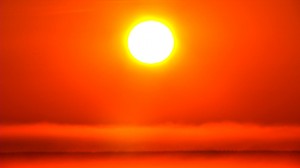 Iowa was kind of in that transition state between Summer and Fall where it’s not quite sure what it wants to do. So, I was a little worried that I really wouldn’t get much in the way of “pretty” footage. Sure I knew I’d be able to test the new lens and see the quality of the AVC-Intra codec, but I really wanted to see how the camera performed filming subjects I would have pointed my HPX170 at.
Iowa was kind of in that transition state between Summer and Fall where it’s not quite sure what it wants to do. So, I was a little worried that I really wouldn’t get much in the way of “pretty” footage. Sure I knew I’d be able to test the new lens and see the quality of the AVC-Intra codec, but I really wanted to see how the camera performed filming subjects I would have pointed my HPX170 at.
Calling in some good karma points gave me some fantastic opportunities to put the camera though a good workout. I travelled all over the state from the far NorthEast corner to the far SouthWest corner and all points in-between. But some of may favorite shots turned out to be within fifteen minutes of my home.
Whenever I get the opportunity to test a new camera, I always like to put together a little film with the footage shot. It’s no different with the HPX250. So below is a bit of edited footage that I shot with this fantastic camera from Panasonic.
Let me know what you think. And if you have any questions about my experience with the 250, feel free to drop me a line. I’d be happy to let you know how it performed for me.
If you want to know more about Panasonic’s HPX250, watch this short video Using peaking on the AG-HPX-250
You can also watch a short demonstration showing off the new 22X lens on the HPX250


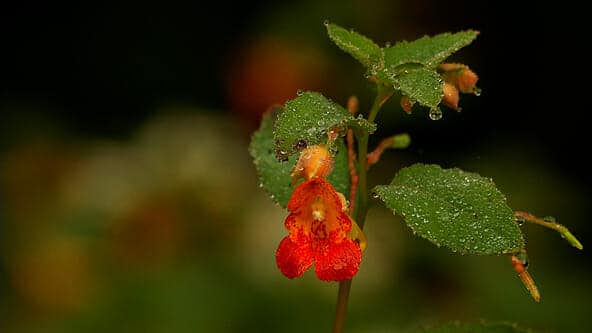
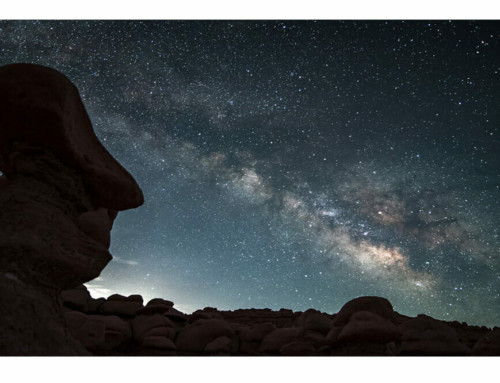
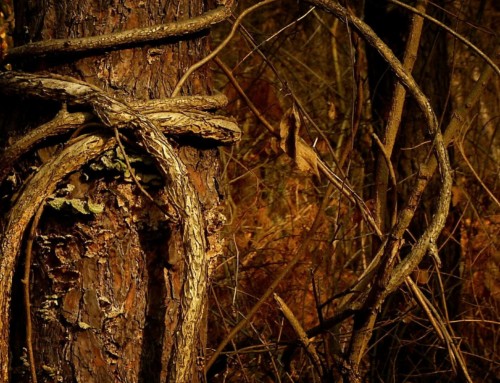
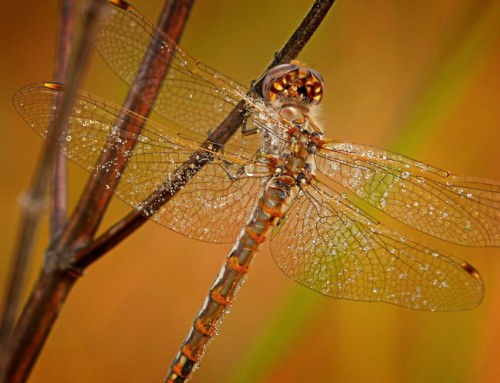
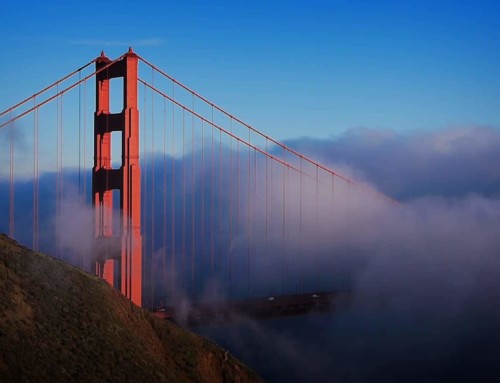
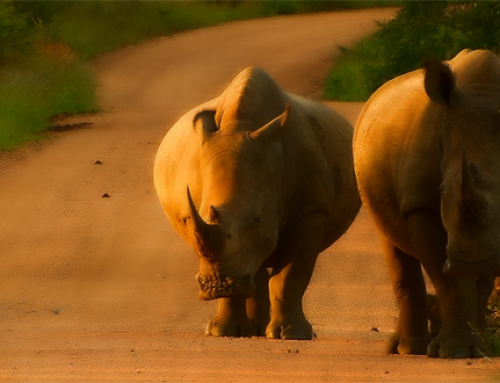
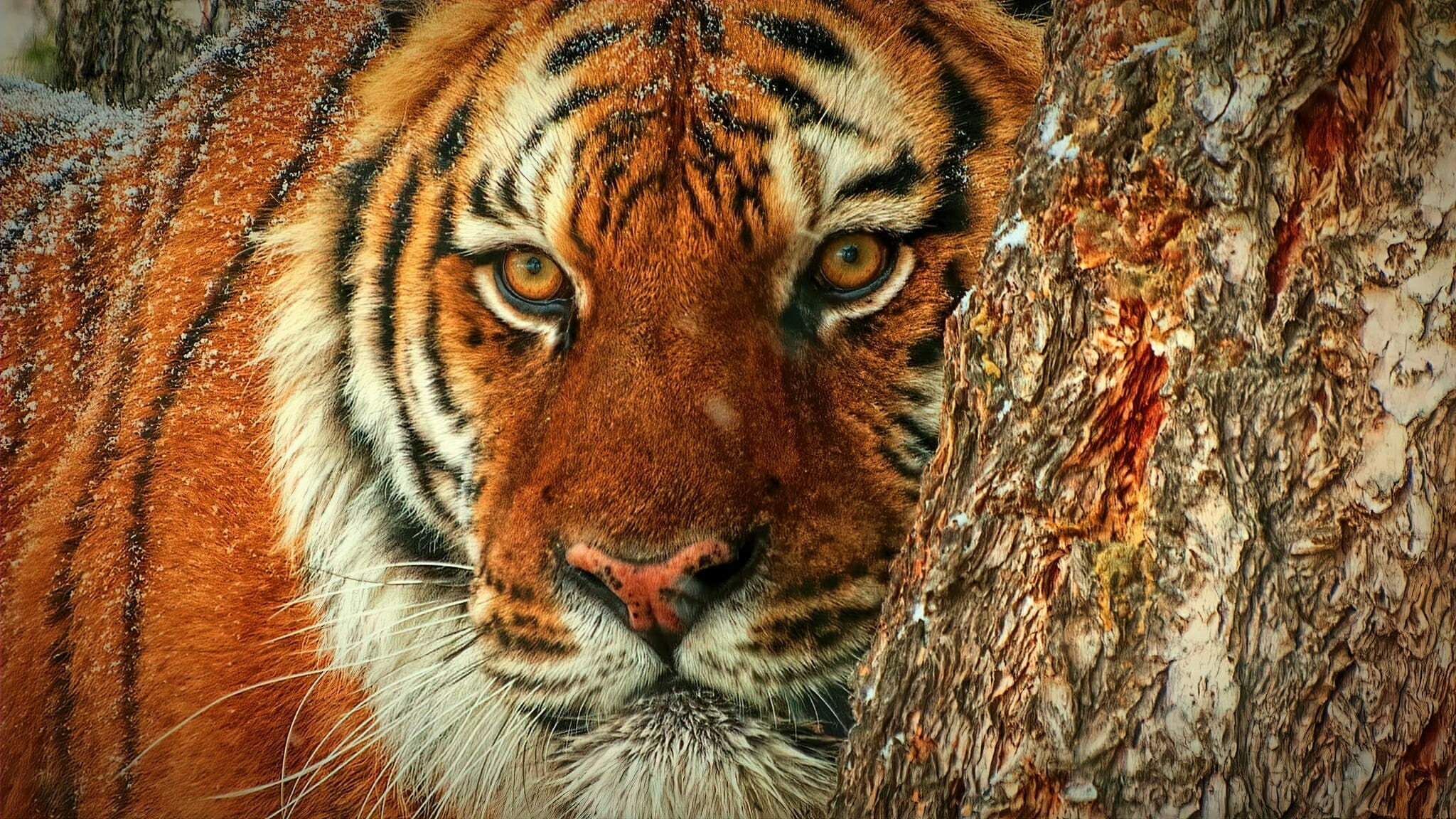
Really beautiful shooting. And it shows some very nice exposure latitude in the camera itself. Curious if you used filters throughout, or of color was tweaked a great deal (if any) in post? How about adding this to Vimeo so we could full screen it?
Didn’t use any filters as the lens is a different size than the ring I have for my HPX170 mattebox.
Some of the shots were tweaked in camera by using a set of warm cards to punch the colors a little more by altering the white balance of the camera.
A couple of the shots I crushed the blacks a bit more in post. Normally I drop my master ped to crush the blacks but only used -9 on the HPX250 when I normally go much lower on my 170.
So, the fiery fog swirling around the river, the sunrise etc were just from playing with the white balance.
I had two presets one warmer than the other and depending on the look I wanted dictated which one I used.
I also shot a series of shots showing the default 5.6k setting and the two warm settings so you can see the difference in the three.
I see if I can get this posted to Vimeo.
What gammas did you use or was the standard camera gamma. Also did you have any noise issues?
I know it’s bad of me not to do a lot of shooting in all the various modes but I love saturated colors and crushed blacks. So, I always set my camera to b. press. It’s just what works for me and it’s just habit for me to set it that way.
But it just gives me that nice extra contrast and keeps the footage clean.
Hi Kevin. Great imagery. I shot with the HPX170 and can’t count the number of times a 22x lens would have come in handy. I guess I better start saving my pennies for the HPX250. Since you and I shoot similar subject matter, did you have any concerns with CMOS chips and shutter issues that CCDs do not have?
Thanks,
Mark Williams
Mark,
I’m in the same boat with my 170. Always wish I had a little more reach. If you saw the zoom demo I put up you can see what this camera can do. I will be saving up my pennies too! 🙂
I did a few jib and slider shots and didn’t have any issues with jello or anything like that. Even zoomed alL the way in I was hand holding tracking geese flying down the river and it all looked good.
I’m sure you could whip the camera around like a lunatic and get something you don’t like but I never had any issues when I used it.
I guess flying birds is about as fast as I’m going to pan anything so if that works for me then it does everything I need it to.
Having the peaking is a great help for people like me with less than stellar vision.
Also, having the iris control on the lens makes it so much easier to adjust.
I shot some video this weekend with my 170 and while the footage looks beautiful, I miss the 250 already! 🙂
+1 for vimeo.. thanks
Pkwy dokes, I’ll work on compressing it tonight. 🙂
kevin-
thank you for taking the time to post your hpx250 footage.
those of us who are interested in the hpx250 welcome the opportunity to
see what the camera can achieve and boy did you manage quite the
achievement.
thank you for sharing your energy and obvious talents.
be well
rob
smalltalk productions
Kevin, what is your opinion of the lens in general and especially at the long end. I feel my HPX170 is a little soft at full telephoto.
Mark,
Pretty much all the prairie wildflower footage was shot at full 22X. The HPX250 doesn’t have the macro that the HPX170 has. So, I have to back up a bit to it’s minimum focusing distance and then zoom al the way in.
How sharp it is I couldn’t tell you. Is it a lot sharper than the 170 at full zoom? Oh yeah. Course, how much does full raster HD and AVC-Intra play in that too?
I’m sure there will be tests to tell you exactly how sharp it is but I know it’s leaps and bounds above the 170 at full zoom. Whether it’s the lens itself, the codec or what it’s a lot better.
Mark,
I thought I replied to this already. Mmmm, weird that it’s not showing up for me.
But anyway, I shot most of the prairie stuff at full telephoto. The lens is pretty darn sharp and combined with AVC-Intra makes it a great combo!
Dear Kevin,
Nice footage. I like how you’ve set it to the repetitive music a la Koyaanisqatsi/Reggio+Philip Glass, etc. This works well in gentle kind of way.
However I’m curious about the placement of the auto iris button. Does it work well for you on the left side as opposed to where it normally is on pro cameras on the zoom rocker handle on the right side, similar to the way it’s deployed on the Sony EX1R?
Truthfully Ed, the only time I use the auto iris button is when I do time-lapse shots of sunsets and sunrises. I usually set it to -1 in the menu then flip it on to adjust for the changing light.
With the iris ring on the lens now it’s much easier to manually adjust the iris then it is on my HPX170
Beautiful footage, Kevin! It looks like film! I’m planning on getting this camera and all the other footage around is amateur. You show what it can do in the hands of an artist. I wish we could see it full screen, but there would obviously be compression artifacts. I could not find it on Vimeo. thanks for sharing this!
Very nice stuff. Question; how about speed compared to the 170? I liked the faster lens the 170 has over the 200. I use the Letus 35 and it eats up a stop. Is there a difference from the 170 to the 250? What compression is the above movie? Thank you.
Tom,
It’s kind of hard to really go by the numbers.
The 170 is rated around 500 while the 250 is like 320 ISO.
But the noise is so low that people are using like 12db of gain and still getting better images than the 170 could deliver.
I have both the 170 and the 250. I could see about doing a test.
But there is a hug difference in image quality between the two. The AVC-Intra code really allows you get get details in distant subjects where the 170 would just blur them together.
The compression on the video above was quite high. Can’t remember the settings right off hand but I took about a 4 gig file and compressed it down to under 100MB. So it’s compressed quite a bit!
Hello! Wonderful work! We also recently purchased the HPX250 and very happy with the amazing quality of the video. I have a question: you demonstrated wonderful examples of macro video with the depth of field. How do you do it with this camera? There is nothing in the instruction.
Thank you!
I’m glad you’re happy with your 250. I think it’s a huge step up from the 170.
Anyway, the shallow depth of field macro shits are actually pretty easy to do.
Most of them were on a overcast day or I would bring a white diffuser to block the direct sun for most of the shots.
You can do it in sunlight too but I just love the look in open shade.
Anyway, all you have to do is to zoom all the way in with your lens and get just about the minimum focusing distance away from your subject. So sometimes I would have to back the camera up a bit because I would be too close to the subject.
Keep the iris of the camera fairly open. The more you close it down, the more depth of field you will get. So I would usually try to shoot wide open.
But that’s really all there is to it.
Zoom all the way in with your lens to 22X, get as close as you can to your subject and still be able to be focused sharply and keep your iris open.
If it was more sunny out, I would just use the build in ND filters to be able to open the iris and still get a good exposure.
Does that all make sense? Maybe I’ll make a demo video and put up on the site.
Thanks again for watching the video!
Kevin,
These iamges are beautiful. Some of my more accomplished videograoher friend complain that with the 1/3 sensor it will hard to get background out of focus. I follm a lot of interviews, and like to have the bg out of focus. How hard is it with the hpx250?
Fred,
Your videographer friends are right. It is hard to get shallow depth of field with a 1/3 chip camera.
If you watched the video Iowa Morning you’ll see many shots that have shallow depth of field using the HPX250. For nature shooting it’s pretty easy to do but I imagine it would be rather difficult to do for interviews and here’s why.
In order to get the shallow out of focus background like you saw in many of my shots the first thing I do is set my iris wide open. So I may need to switch on a neutral density filter in order to do that if it’s too bright.
Ok, that’s easy enough to do for an interview. But here’s the hard part for your situation. I zoom all the way in with the camera. That’s 22X By magnifying the image by zooming in so much I create a shallow depth of field. In an interview situation there’s no way you could zoom in at 22X and get the framing you want. Does that make sense?
I can easily zoom in all the way because I’m outside and my subjects are small. But in an interview situation you can’t do that.
I’m hoping that helped. Thanks for thinking of me to help answer this for you. Any other questions, don’t hesitate to pop in and ask.
Hi Kevin,
Really enjoyed this clip. I’ve used a 200 for several years now but some of it’s shortcomings are holding me back. Poor performance in low light being the main one. How does the 250 stack up?
Cheers from down under!
Mark
Port Lincoln, Australia
Mark,
You really can’t even compare the 200 with the 250. Much better codec, a new PAP filter that increases the sensitivity of the camera while reducing the noise. The big zoom and AVC-Intra codec puts this leaps and bounds over the 200.
I thought my 170 was a huge improvement over my 200, well the 250 goes even farther than the 170.
Now if they can get 1080p/60p to record onto P2 cards they’ll scratch off the last thing on my want list.
Kevin,
Thanks for this review, I was in the market for an affordable, smaller sensor run and gun camera and was curious about the HPX 250. I have used an HVX 200 for a few years and I am very aware of the limitations from the HVX and felt it was no longer competitive. I was all but convinced to move to a Sony EX1 as there isn’t much out there for quality footage from the HPX but the price for the EX1 seemed a bit high for it’s age. I found this page and watched your video, I was so impressed that I ended up going with the HPX 250 and I have to say I am more than pleased with it! The P2 cards are cheep now compared to what they used to be, the low light performance is improved, a lot less noise and the codec is impressive. I shot a test scene in quite low light, gain off and purposely under exposing. When I brightened it up to proper exposure in post, which would destroy the image from the HVX, it was quite usable. The best part is that it was on sale for $5100, compared to $7800 (what I was quoted) for the EX1. The P2 cards as well were a couple hundred dollars less and the batteries were half the price. For the type of work I do in a smaller town in Canada, this camera is perfect. My clients will be more than thrilled!
Regards!
Ryan,
The biggest thing I love about Panasonic cameras over Sony is the Panasonic Mojo. They have such a warm organic look that I have yet to see anyone really duplicate out of the box. I used to shoot Sony cameras before the 200 came out but once I discovered the mojo, I’ve been sold ever since.
I did some chromakey with the 250 and was amazed at how clean the key came out even with poor lighting on the green screen. In fact I didn’t even light it or take the wrinkles out.
I’ll be testing the PAP 1 filter soon to see how much of an improvement there is in low light scenes over the default PAP 2 filter.
As a nature and wildlife filmmaker I’m often struggling with low light. Seems the best things happen right before sunrise and right after sunset. 🙂
Keep me posted on what you’re doing with you 250!
Your pictures are superb and convinced me that the HPX250 was for me. I have only had one for a week but already it is showing its mettle.
Bruce,
Glad you’re diggin the 250. It certainly is a big step up for me from my 170. Now, the 170 isn’t chump change but with the big zoom, AVC-Intra and now focus in red and turbo focus the 250 just keeps getting better all the time.
Are you still happy with the 250?
Bill, even more so. With the new focus in red and turbo focus that Panasonic gives us with their firmware update the 250 is even better.
I was filming some shelter dogs in hopes of getting them adopted, the new focus in red feature made it a breeze to know when I had focus.
The only time I pick up my 170 now is when I’m filming myself doing something with the 250. 🙂
hi, found this site useful, im looking to get the 250, ive been using the 5dmarkii all along and is very hard keeping focus when doing documentary, panning, running all on the go.
Do you think the 250 is good for documentary, on the run sort of filming? Im looking for something that produces deep depth of field. Also is it easy to use it hand held? I havent seen one in person yet.
Thanks
The very nature of 1/3″ chip cameras mean they have deep depth of field. That’s why I did the tutorial on how to get shallow depth of field with the 250 because typically you always have a lot of DOF.
I think the 250 would be perfect for a documentary. I’m doing one on a professional dance group so, not sure what yours is about but I guess if it can keep up with dancers then it can keep up with most subjects 🙂
Theyve improved the 250’s firmware to make it even better. They have focus in red now check out the tutorial I have here if you want to see it in action. Very easy to know when you’re in focus.
They also added turbo focus. You hit the focus button on the camera locks focus very fast. It’s nice if you don’t have time to manually focus. Just hit the bottom, the camera locks on then goes back to manual focus when you let go.
The camera is fairly well balanced so hand holding isn’t that hard but like any handheld, you need to build a bit of endurance. I don’t do a lot handheld but the times I have I didn’t have any problems.
But you’ll certainly not have any issues with getting deep depth of field.
Hope that helps you a bit. Let me know if there’s something you need me to elaborate more on.
thanks kevin, makes sense now. Im going to rent it out this week and play around with it then probably purchase it the week after!
Btw – that footage you shot above, around the 2.06 -2.08 (waterfall scene) when panning theres some sort distortion on the bark and ground on the right? i cant full screen the video, what is that?
It’s one of two things. Either it’s just artifacts from the compression I try to compress the videos down to make them easier to stream so anything that has Microsoft Surface motion runs the risk of artifacts.
Or, it’s because I put in like a 60i clip in with the 24p footage. I was testing the 250 so I shot it in all the modes I could so if it’s not artifacts from compression then that would be the culprit.
I know I looked at all the source footage after I shot it and all the waterfall footage looks clean.
I know I included a waterfall jib shot that I sent to Panasonic to play at NAB and if there were artifacts they would have let me know for sure.
must be that kevin, keep up the good work i liked ure page on facebook. thanks again, mabye ill show u what i get up with the 250 when i get it. cheers.
Hello Kevin,
I was thinking to buy a 170 , but after I read your comment , I will now go for the 250, I film in nature in the spring and I present my movie on a projector, is the 250 will have a more clear image than the 170 or it’s the same ?
where is the best place to buy it I am in canada quebec city,
thank you very much,
Rene
Hi Rene,
Yes, the HPX250 will have much better quality as far as image goes than the HPX170.
I own them both and only use the 170 as a b-roll camera now.
It does very well on subjects that are fairly close but the 250 with AVC-Intra still outshines it.
Plus the long range of the zoom lens is really nice to have for a nature and wildlife camera.
Not sure where would be a good place to order from around Quebec City.
We have no camera shops at all here in Eastern Iowa. The closest is about 250 miles away in Chicago that has a good deal of video equipment.
So I usually order my gear from B7H Photo out of New York.
I have both the 170 and the 250. The 170 never comes out of the bag anymore unless it’s to act as a backup camera for the 250.
The image from the 250 is leaps and bounds better than the 170. The 250 shoots full rez HD while the 170 does not. The 20 has a better codec AVC-Intra while the 170 has an older codec DVCProHD.
The 170 is a good camera and I’ve made good money from the footage it’s shot but the 250 is a better camera all the way around.
I’ve been doing a lot of reading on older – for lack of a better word – cameras and I’m glad I came across this article. I’ve used the HPX250 before and it’s hard to find a match for its robustness. Makes me wanna switch back to using the beast.
Sheila,
I really love the HPX250. It’s got a great codec and an awesome zoom. Does pretty much everything I want it to do.
Are there better cameras out there? Of course there are but I don’t think I’ll be trading in my 250 anytime soon!
Hi Kevin, I am seriously considering the purchase of the HPX250 and was wondering if you would be willing to talk to me about the camera. I mostly film events, interviews and 30 second commercials for television. Based on your experience with the camera would the footage fit in with what you typically see on tv?
Hey Keith,
Thanks for stopping by.
I’ve actually done a few TV commercials for a professional dance team. Yeah, kind of weird that a nature and wildlife guy shoots dancers but what can I say. 🙂
I’m also shooting a feature film about the Lane Seminary debates that took place in the 1800’s
I really like the HPX250 and if you use the Type 1 noise reduction instead of the default Type 2, you get even more sensitivity from the sensor without any additional noise.
The AVC-Intra codec is great for nice crisp imagery.
In fact, the feature film I’m working on the director told me one shot may be unusable because it was so sharp the makeup lines ruined the shot.
But let me know if you have any questions and I’ll do my best to answer them for you.
Hey Kevin,
Love the footage you’ve shot with this camera. One question I have for you that no one has asked yet: what scene file did you use for all of this? Thanks!
Hey Buddy,
Thanks for the comment!
I used a custom scene file I developed back when I had the HVX200.
Basically it’s crushing the blacks, pumping up the color and adding a little sharpening.
I know a lot of people tell you to shoot flat and get the look you want in post but I believe it doing as much in camera as possible. I don’t know about you but I don’t like to spend a lot of time tweaking the image. So, I get it how I want it to look in camera and then I can concentrate on telling the story or creating an emotion.
I wanted something that reminded me of my still photography days when I shot slide film. I’d always underexpose it a little and it had a lot of contrast and punch colors.
Think Fuji Velvia. That was the look I was going after.
The only time I ever change my scene file is when I’m shooting for someone else. Otherwise, everything you see on this site is all shot with the very same scene file. I have the look I wanted so no need to change what works for me.
Thanks for the quick reply, Kevin!
As I write this I’m shooting the first I’ve shot with the 250-a timelapse of the sunset over the Florida Everglades. Since I just got the camera yesterday I threw on the panasonic scene files. Well see how they look. Do you think you could possibly send me the one you use?
You make a great point about letting the camera do it’s work instead of doing a bunch in post. I think there are times where shooting flat can be beneficial but I do agree 95% of the time get the look you want with the camera. Once I find a scene file I love I’m sticking with it unless a situation comes up where I need to change it.
Thanks again for your knowledge and time with this site!
Buddy,
Let me know how the time-lapse looks!
I can certainly send it to you. I’m in the middle of editing a film that I have to show to the local nature center Thursday so I’m kind of crunched.
But try turning the master per down to -15 pump up the chroma to +5 or maybe even +7 and turn your sharpening up to maybe +2.
I think I have the matrix or whatever it is called set to b.Press and that’s about it.
When I get the film done if you want the exact scene file I use remind me and I’ll pull the SD card and copy the settings for you.
If those settings don’t work for you what I would do is to take a look at the scene files you have and pick one that is sort of on the order of what you want. Then shoot some footage, take a look at it and ask yourself what would make it better. Crushing the blacks more, changing the chroma, is it kind of leaning towards a green color cast? Should you dial in a little tint to compensate?
Like I said, I wanted something that duplicated the look I got when I shot slide film. Back in those days there was no “tweaking” the settings. You bought the type of film that gave you the look you wanted and that was that which is why I do as much in camera as possible.
The film I’m editing right now has zero color correction since I have the camera dialed in to give me the look I want time and time again.
Experiment until you get something that works for you. I’d be surprised if you find that setting that you ever take it off of there. 🙂
Keep me posted!
Hey Kevin,
Here’s a link to the timelapse: https://vimeo.com/86755699
Not too happy with it, but that was more my fault than the cameras. I shot this with the panasonic “Hollywood” scene file, then crushed the blacks a little, and did some color enhancements in post. Doesn’t look nearly as sharp as any of your footage. Maybe a factor could be shutter speed? I was at 210 degrees or about 1/41 which is what that file was set to for some reason…
Thank you for those tweaks! I’ll change some settings and shoot more tomorrow. I would love to at least look over your scene file once you’re done editing that film.
Unfortunately I’m too young to remember shooting anything on film, but would’ve loved to learn on it.
This camera is actually a work camera, and we got it to pair with our current HPX-370. I work at a church so most of the footage we shoot includes people. Finding (or most likely making) a file to load on both cameras that has a good flesh tone is my main objective. I’m excited to spend lots of time with this camera to get the best look out of it I can!
Hey Buddy,
It almost looked to me like things looked sharper once the sun went down. It’s like there was a lot of glare or something maybe that was making things look softer than they really were.
Did you have the camera on automatic iris? If so, you can set it in the menu to like -1 or -2 stops and that will make the iris be one or two stops shut down from where the camera thinks the auto setting should be.
I think maybe I have mine set to -1. I will have to look. But that’s what it looked like to me was that the glare from the sun was kind of washing things out and making them look less sharp.
If you look at some of the sun stuff I’ve done I really turn down the exposure so it’s more like getting the big orange sun and you can see the disk. I’ll crank up the ND filters and shut down the iris.
I pretty much shoot all my stuff at 1/60 unless I’m going of less motion blur like showing the power of a waterfall or something. My shutter pretty much stays at 180 degrees. If I want a little more motion blur, maybe I’ll bump it to 200 but it’s pretty much always at 180.
The 250 does some pretty nice work with skin tones. I’ve shot quite a few interviews with it and it does a good job.
Keep me posted!!
Hi there Kevin. I recently got the 250 and found that my footage has a milky look to it. I have changed my settings to the following and it seems to have helped. I have detail level at +4, v detail at +3, chroma at +2, master ped at 0, matrix on cine like and very detail freq on thin. Do you think these are good options for a sharper look? Thanks
Hi Lee,
I have my chroma maxed out and I have the master per down to around -20 for starters and usually go farther down than that.
Putting the master per that far into the negative gives you more contrast and crushes the black so that your footage doesn’t look as flat. Straight out of the camera at the default settings the footage looks pretty flat or “milky” as you said. Punching up the chroma and dropping the master per down around twenty points will give you a much better look I think.
Try it and let me know. If you’re still not happy with it I can see what my settings are on my 250 if you like the look of what I’m shooting.
Keep me posted on your progress!!!
All the best,
Kevin
Thanks Kevin. I took master ped down to -10 and upped the chroma and it’s like a different camera. I am very happy with the pics now. Why on earth are the factory presets so nasty. The editors were complaining about the footage being soft but not anymore. And the original footage was not soft but so flat that it looked soft. Seems odd!
Lee,
Glad my suggestions helped! That’s what I’m all about, helping people get better footage!
I think a lot of cameras ship from the factory “flat”. I know a lot of people shoot flat and then color correct in post by increasing the color saturation and crushing the blacks.
The reason for shooting flat is that you can then grade the footage to look however you want.
As for me, I like to have very saturated colors and rich contrast so I set the camera that way so I don’t have to mess around in post production working on a look. I know what I like and I set the camera that way to deliver it in camera.
You can still make all your other footage look like what you’re shooting now by tweaking it in post but I like to remove that step, get it how I want it to look as I shoot it and then I can focus on the story and not what the footage looks like.
Keep me posted on what you’re up to and let me know if you have any questions that I may be able to help with!
Made my day knowing I helped someone get better footage!!
Thanks again!
Kevin
Thanks again. The trouble is I am not editing that footage and who knows if the editor has time or cares enough to grade it. Which is why I loved my ex1 cause I had it set up exactly as I wanted it. But now my p2 is too and I can enjoy it. Everyone was telling me the back focus was out or I was not shooting in focus and I was going crazy with worry as I bought themail camera second hand and thought I had bought a dud. Have a great day and thanks again. Ps I can’t watch your video for some reason but your advice was priceless 🙂
Lee,
I’ll look into what’s going on with the videos.
Glad I could be of help!
Kevin
Hi Kevin,
Amazing!!
You could tell me the exact scene file that you used?
thanks!!
Hi Antonio,
I used a custom scene file I developed to match as closely as I could to the 35mm slide film I used to shoot in my still photography days.
Basically I pump up the chrome and drop the master ped. That’s about it.
Thank you for taking the time to leave a comment, I really appreciate it!!
Hi Kevin, really great work.Was that shot interlaced or Progressive. I have the HXP 250 but cant figure out how to set it to 1080p. I get the 720p but not 1080p. Please help.
Thanks.
Hi Arnold,
Thanks for the comment I really appreciate it!
Yes, it was shot in 1080p.
I’d have to dig my HPX250 out to check what my settings are for 1080p. I shoot the PX270 right now and the HPX250 is my backup camera.
I’ll try to get it out later this evening and see if I can get you some settings.
`Kevin